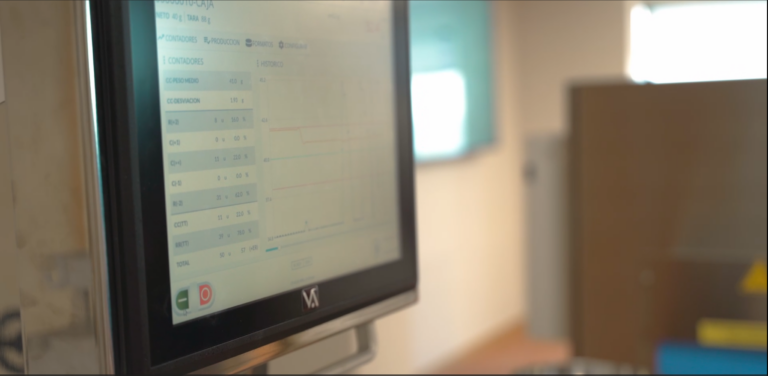In the age of automation and digital transformation, industrial communications have become the nervous system of any production environment. From the coordination of sensors to the integration of complex systems in production lines, the efficient and secure transmission of data is essential to ensure agile, accurate and scalable processes.
These networks not only enable communication between devices and machines, but also connect different levels of an industrial plant, facilitating communication between heterogeneous networks. In sectors where quality control and traceability are essential - such as dynamic weighing or automated inspection - having a robust communication infrastructure makes all the difference.
At Varpe we explain what industrial communications are, how they work, what types exist and why they are key to meeting the challenges of Industry 4.0. If your goal is to optimise the performance of your processes, read on.
These networks not only enable communication between devices and machines, but also connect different levels of an industrial plant, facilitating communication between heterogeneous networks. In sectors where quality control and traceability are essential - such as dynamic weighing or automated inspection - having a robust communication infrastructure makes all the difference.
At Varpe we explain what industrial communications are, how they work, what types exist and why they are key to meeting the challenges of Industry 4.0. If your goal is to optimise the performance of your processes, read on.













